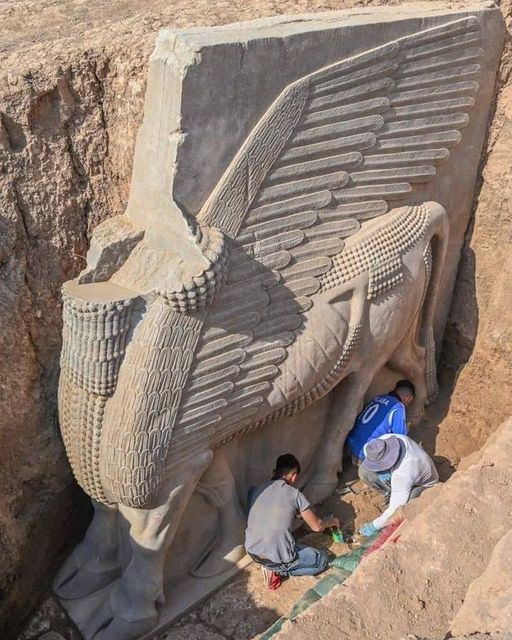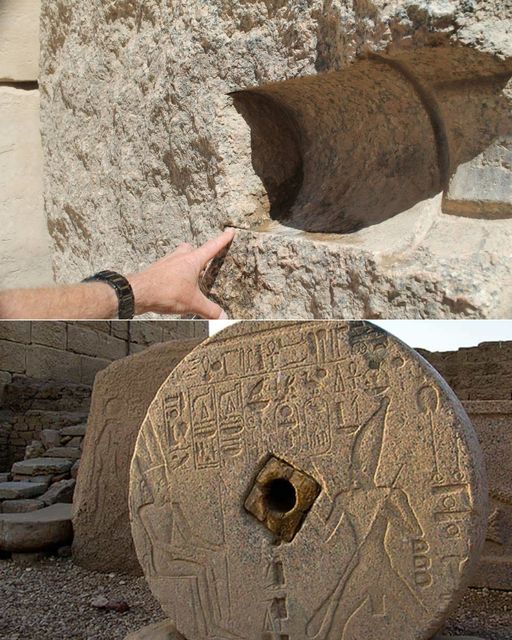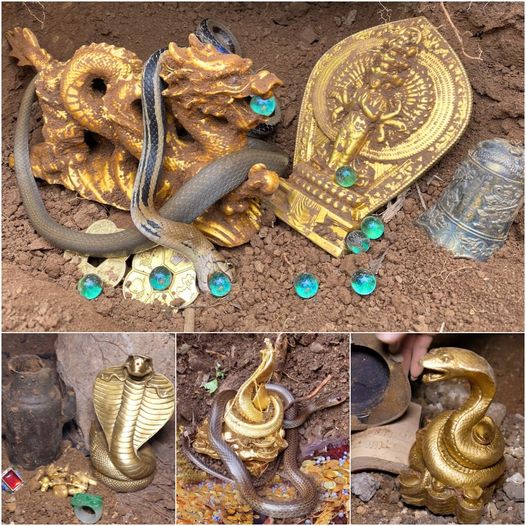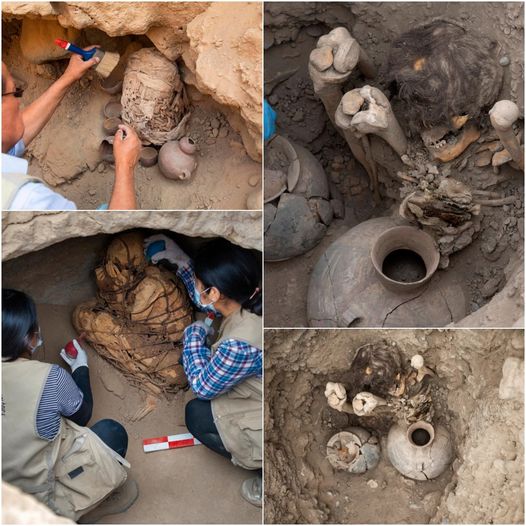First found in Kobe in 1992, a single specimen of Thismia kobensis sat in storage for years at the Museum of Nature and Human Activities in neighboring Sanda. | COURTESY OF KENJI SUETSUGU

For over two decades, scientists thought the "fairy lantern" plant Thismia kobensis, with its ghostly white leaves and tiny stems, was extinct.
Now it’s being called a “Lazarus species” for its apparent return from the dead, following a discovery by Kobe University researchers.
A recent study in the journal Phytotaxa describes how scientists at the university located living individuals.
First found in Kobe in 1992, a single specimen of T. kobensis sat in storage for years at the Museum of Nature and Human Activities in neighboring Sanda. It was identified as a separate species in 2018 by scientists examining the collection.
This revelation set off a search for living plants, which proved fruitless. The area where it was originally found had been destroyed during the construction of an industrial complex in 1999, and the species was presumed to have perished. However, it was ultimately rediscovered in a conifer plantation some 30 kilometers from the original site during surveys conducted in June 2021.
“The rediscovery of this species of Thismia was made by a student from my seminar who was on a field survey. He happened to discover it while digging in the soil of a forest in Sanda,” recounts lead author Kenji Suetsugu.
It now represents the northernmost distribution of the plants in its family in Asia, as most species are tropical.
“Thismia is a fascinating genus that does not photosynthesize and obtains nutrients from fungi in the soil,” explains Suetsugu. “They usually hide under fallen leaves but have beautiful glass-like flowers.”
That makes them pretty elusive: Many of the approximately 90 species are known from only a handful of specimens discovered at single sites.
Fairy lanterns, as their name suggests, are ephemeral and cryptic. In the case of T. kobensis, the white and orange blossoms are less than a centimeter wide and are hoisted above the soil by even tinier stems, only a millimeter long. The leaves are a strange white.

These plants are mycoheterotrophs — they tap into the networks of symbiotic fungi that partner with other forest plants and siphon nutrients from them. Because of their unusual lifestyle, they are particularly intolerant of ecological disturbances. The delicate fungal networks upon which they rely may not be as resilient as other components of the ecosystem. Some studies show that fungal diversity declines in the wake of human utilization of forest resources — especially the primary forests they prefer.
“I am concerned about the continued survival of this species of Thismia, as well as other mycoheterotrophs, which are often rare and endangered,” says Suetsugu. “There are ongoing efforts to conserve these plants, including habitat protection. However, more research and conservation actions are needed to ensure their long-term survival.”
“They might play a unique role in nutrient cycling and community dynamics,” he adds — because they essentially steal energy from the fungal networks that support other plants, they likely play an important role in determining which species succeed and which don’t.
Back from the dead

Lazarus species, named for the biblical figure brought back from the dead by Jesus, are plants and animals that were presumed extinct and then later rediscovered. So, in reality, the metaphor doesn’t quite work: They were never dead, they simply evaded human detection.
Among the most famous Lazarus species is the coelacanth, a lobe-finned fish long believed to have gone extinct some 66 million years ago until a living specimen was found by South African museum curator Marjorie Courtenay-Latimer in 1938. Further populations have since been observed in the wild.
Numerous other species presumed to have perished were later rediscovered as well — though often in a precarious state. The night parrot (Pezoporus occidentalis) of Australia was believed to have gone extinct by 1912, but a decaying specimen was discovered on a roadside in 1990, and another bird was discovered in 2005. The species remains imperiled but additional sightings have been made.
Reports of the demise of the Lord Howe Island stick insect (Dryococelus australis) were also exaggerated — though understandable. Surveys of Lord Howe Island suggested that this enormous invertebrate had been exterminated by rats by 1920, but in 2001 living specimens were found. Efforts to re-establish the insect are underway: Captive-bred insects have been reintroduced and conservationists are attempting to eliminate the island’s rat population.
An entire field devoted to locating extinct species, known as cryptozoology, has emerged, although it is regarded as a pseudoscience. At its furthest fringes, cryptozoology includes the search for such mythological creatures as the Loch Ness monster and Big Foot.
Still, evidence has emerged validating at least some of the suspicions of this cohort.
The last known specimen of the thylacine (Thylacinus cynocephalus), a wolf-like marsupial native to Australia, died in captivity in 1936. A community of enthusiasts has long insisted that this mammal may still be alive, citing dozens of purported sightings. These claims have been regarded with skepticism by the scientific establishment, but a recent study suggests that thylacines may have lived to see the 21st century.
These strange success stories appeal to our love of the improbable — underdogs persevering in the face of all odds. But, more importantly, they speak to the resilience of our nonhuman relatives. To paraphrase Dr. Ian Malcolm from “Jurassic Park,” life, uh, (sometimes) finds a way.










